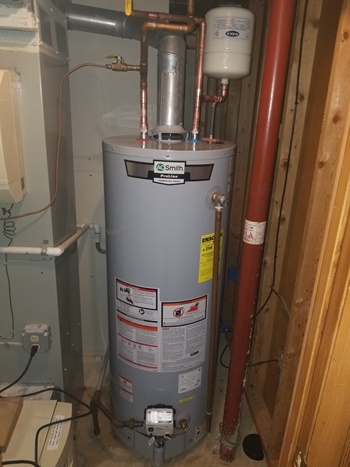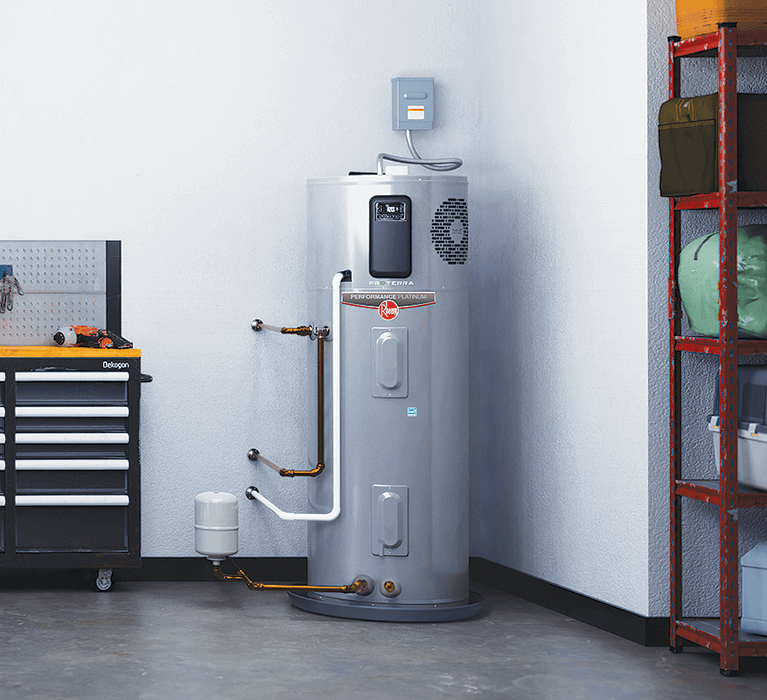Ensuring Longevity of Your Home's Hot Water System: Maintenance Advice
Ensuring Longevity of Your Home's Hot Water System: Maintenance Advice
Blog Article
Any individual maintains their own individual way of thinking when it comes to How to Maintain a Hot Water Heater in a Few Simple Steps.

Warm water is vital for daily convenience, whether it's for a revitalizing shower or washing dishes. To ensure your hot water system runs successfully and lasts longer, regular upkeep is essential. This article gives practical pointers and understandings on how to keep your home's hot water system to avoid interruptions and pricey repair work.
Introduction
Preserving your home's hot water system could seem daunting, however with a couple of easy actions, you can ensure it runs smoothly for several years to find. This guide covers every little thing from comprehending your warm water system to DIY upkeep suggestions and recognizing when to contact expert help.
Value of Maintaining Your Hot Water System
Normal maintenance not just extends the life-span of your hot water system however additionally ensures it runs efficiently. Ignoring upkeep can result in lowered performance, greater energy expenses, and even early failing of the system.
Indications Your Warm Water System Needs Maintenance
Recognizing when your hot water system requires focus can prevent significant concerns. Look out for signs such as inconsistent water temperature level, weird noises from the heating unit, or corroded water.
Understanding Your Warm Water System
Before diving into maintenance jobs, it's helpful to understand the fundamental parts of your hot water system. Commonly, this includes the water heater itself, pipes, anode rods, and temperature level controls.
Month-to-month Upkeep Tasks
Routine month-to-month checks can aid catch minor issues before they rise.
Flushing the Water Heater
Purging your hot water heater gets rid of debris build-up, improving efficiency and lengthening its life.
Monitoring and Replacing Anode Rods
Anode rods prevent corrosion inside the tank. Examining and changing them when broken is crucial.
Examining and Adjusting Temperature Settings
Adjusting the temperature setups makes sure optimum efficiency and security.
DIY Tips for Maintenance
You can carry out several upkeep jobs yourself to keep your hot water system in top problem.
Looking for Leaks
Routinely examine pipes and links for leakages, as these can cause water damage and higher expenses.
Checking Pressure Relief Valves
Examining the stress safety valve ensures it functions properly and avoids excessive stress accumulation.
Protecting Pipes
Shielding warm water pipes reduces warm loss and can save power.
When to Call a Specialist
While do it yourself maintenance is useful, some problems require specialist expertise.
Facility Issues Requiring Specialist Assistance
Examples consist of major leaks, electric troubles, or if your water heater is consistently underperforming.
Regular Expert Maintenance Conveniences
Expert maintenance can consist of extensive evaluations, tune-ups, and making certain conformity with safety criteria.
Final thought
Routine maintenance of your home's warm water system is important for performance, durability, and price savings. By adhering to these pointers and understanding when to seek expert aid, you can make sure a dependable supply of warm water without unexpected disruptions.
How to Maintain an Instant Hot Water Heater
Before tinkering with your hot water heater, make sure that it’s not powered on. You also have to turn off the main circuit breaker and shut off the main gas line to prevent accidents. Also turn off the water valves connected to your unit to prevent water from flowing into and out of the appliance. 2. When you’re done, you have to detach the purge valves’ caps. These look like the letter “T†and are situated on either side of the water valves. Doing so will release any pressure that has accumulated inside the valves while at the same time avoid hot water from shooting out and burning your skin. 3. When the purge valves’ caps are removed, you have to connect your hosing lines to the valves. Your unit should have come with three hoses but if it didn’t, you can purchase these things from any hardware or home repair shops. You can also get them from retail stores that sell water heating systems. Read the user’s manual and follow it to complete this task properly. When the hosing lines are connected, open the purge port’s valves. 4. You should never use harsh chemical cleaners or solutions when cleaning your unit. Make use of white vinegar instead. It should be undiluted and you’ll probably use about 2 gallons. 5. Now flush your water heater. This task should probably take about 40 minutes. We can’t give you specific directions for this because the procedure is carried out depending on the type, model and brand of your heater. With that being said, refer to the user’s manual. 6. When you’re done draining the unit, you have to turn off the purge port valves again. Remove the hosing lines that you earlier installed on each of the water valves. Put the valve caps (purge port) back in their respective places and be very careful so as not to damage the rubber discs that are found inside these caps. 7. Now that everything’s back in place, check your user’s manual again to find out how to reactivate your water heating system. 8. Once it is working, turn one of your hot water faucets on just to let air pass through the heater’s water supply pipes. Leave the tap on until water flows smoothly out of it. https://www.orrplumbing.com/blog/2014/september/how-to-maintain-an-instant-hot-water-heater/

Hopefully you liked our piece on How to Maintain Your Water Heater & Prolong its Life. Thanks a ton for taking time to read our short article. Enjoyed our write-up? Please quickly share it. Let another person find it. We truly appreciate your readership.
Go Deal Report this page